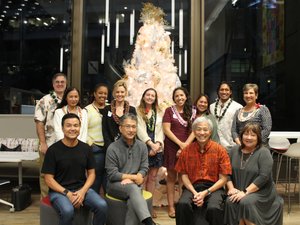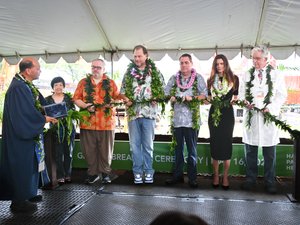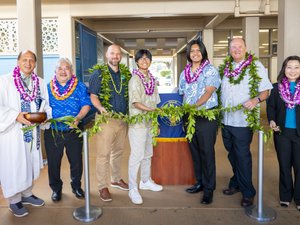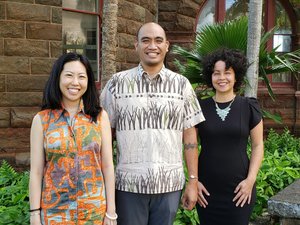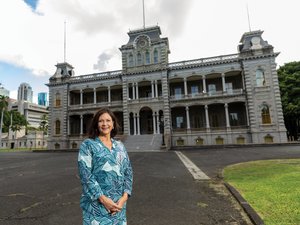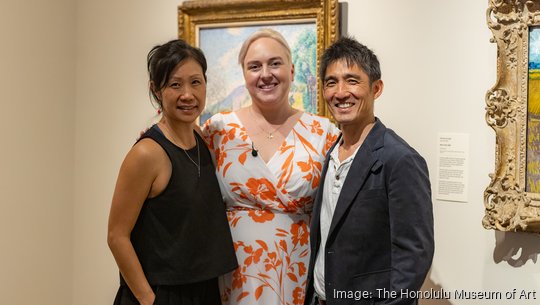
The Brain Health Applied Research Institute, or B+HARI, exists "at the intersection of the real world and science,” according to Dr. Kazuma Nakagawa.
Nakagawa, a neuroscientist, co-founded B+HARI alongside Ma Ry Kim, an architect, to advance brain health through innovative research and lifestyle changes. Its purpose, he said, is "to translate meaningful science into actionable programs in local communities."
Nakagawa, whose day job is chief of the Neuroscience Institute at The Queen’s Medical Center, met Kim, an entrepreneur and principal architect at G70, after saving her father’s life through surgery. The pair co-founded B+HARI in 2019 "to serve those affected by lifelong brain injury, trauma, dementia and neurodiversity," according to a statement.
B+HARI is a project of I-ON Group, a local design and development firm, which Kim founded and where she serves as CEO. The organization's research is funded by grants, as well as individual donors and partners on the development side, Kim told Pacific Business News.
According to global academia including B+HARI's research, "art enhances brain function by impacting wave patterns, emotions and the nervous system." Experiencing or making art can also raise serotonin levels in the brain and in some cases, reverse the effects of brain disease including Alzheimer's and dementia, among other illnesses.
One of B+HARI's key community partnerships this year is with The Honolulu Museum of Art, or HoMA.
“Through collaboration with B+HARI, we will explore innovative ways to harness the power of art to improve the lives of individuals and the health of our communities,” said HoMA’s Director and CEO Halona Norton-Westbrook in a March 6 statement.
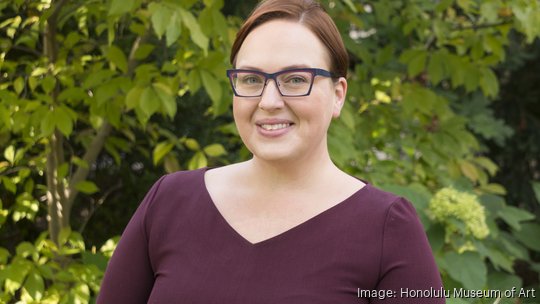
As HoMA's first-ever 2024 scholars-in-residence, Nakagawa and Kim are working with the museum’s learning and engagement staff, headed by Aaron Padilla, to conduct research and develop a pilot program that will promote brain health through art. The pilot program is expected to launch by January 2025 after data testing this fall, he said in an interview with PBN.
Padilla, HoMA's director of learning and engagement, continued, "[Dr. Kaz and Ma Ry] are taking the time now to learn how a museum operates and where the overlap is in terms of our programs that engage audiences through aesthetic experiences and creative activity. ... Over the next couple of months, they'll be spending time with our educators, docents and programmers, as well as preparing staff trainings and workshops to help them fully understand what brain health is all about."
"Whatever we do, it can't just be a science project. It needs to be incorporated into the fabric of the museum experience," Padilla said. "Ultimately what this partnership ends up being is a case study of how art can be amplified by research, but I also think it is a case study of how vastly different fields can partner and come together for a common good. ... There are so many parallels in the scientific process and the creation of art – it all starts with a question and is driven by curiosity. Art and science aren’t that different.
"It's the most exciting thing I've worked on – and I've been here for 21 years," he said, adding, "We can develop programs all day long. There are very few times where you develop a program and that program affects other programs, other activities, other experiences, and ultimately, the culture of an organization. This has the opportunity to do just that because we all benefit from it."
Partnering with community organizations is integral to HoMa's mission, according to the museum's Chief Communications Officer Lesa Griffith. "In the post-pandemic world, museums across the country are repositioning themselves as anchors in the community. We're not just repositories of art, which, of course, is our main function. ... But a part of it is being involved in the health and well-being of our community.
"What's most exciting about this partnership is it has the potential to create programs that can equip our community with the tools individuals need to be proactive in their own brain health and general well-being. In addition, we understand that being proactive about your health can be hard work. ... But through art, it can actually be fun, creative and immersive."
Griffith added that HoMA, which is using its own resources to help fund this pilot program, has been a leader in art education since it opened in 1927. The museum currently offers art therapy classes for veterans and watercolor activities for kupuna "ages 55 and better," she said.
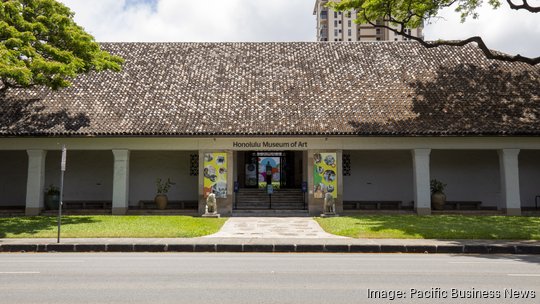
Currently, B+HARI plans to develop a brain care campus on Oahu with community partners such as HoMA.
Kim, who specializes in biophilic architecture, said in a statement, the goal is "to design a place where by the mere act of coming, the brain would start to develop neuroplasticity, start to rehabilitate itself.”
“Even with all the incredible science in the world, the real test for B+HARI is how it directly impacts the person in the street,” Kim continued. “This is why our work with organizations such as HoMA matters. Together we are working to bridge the critical gap between the research and the person.”
